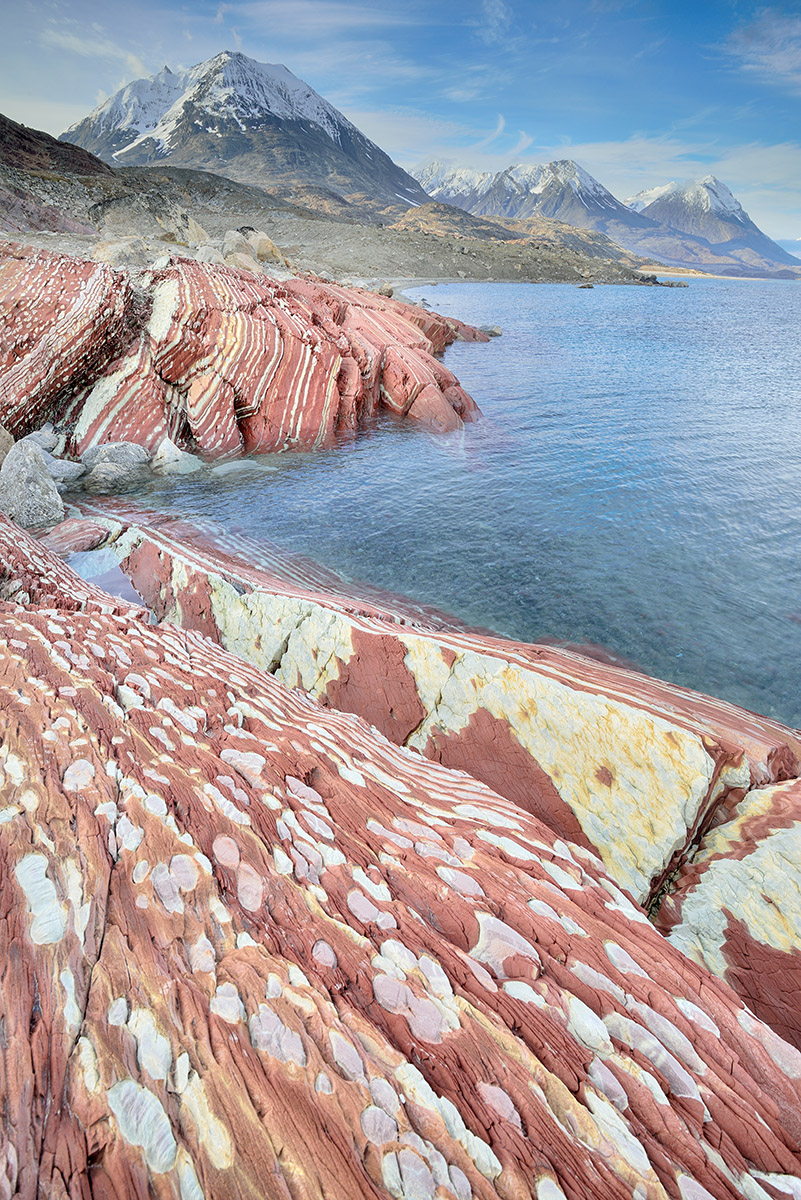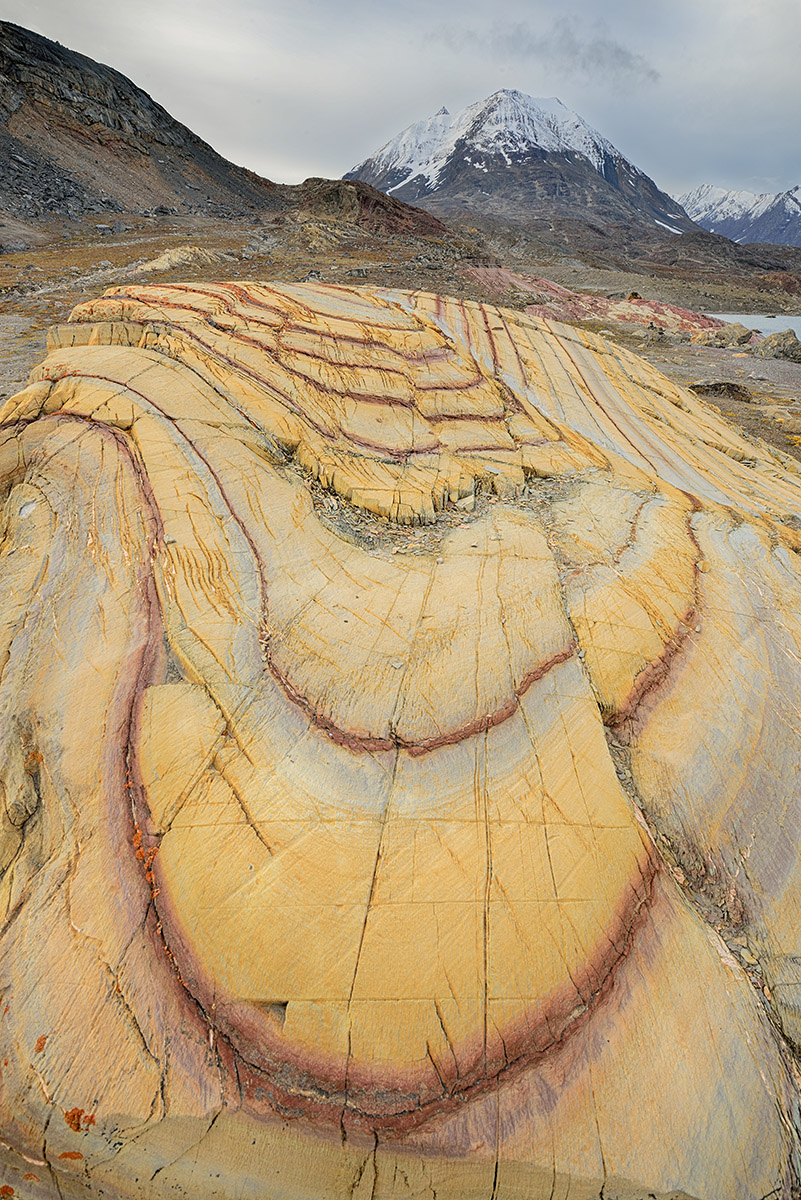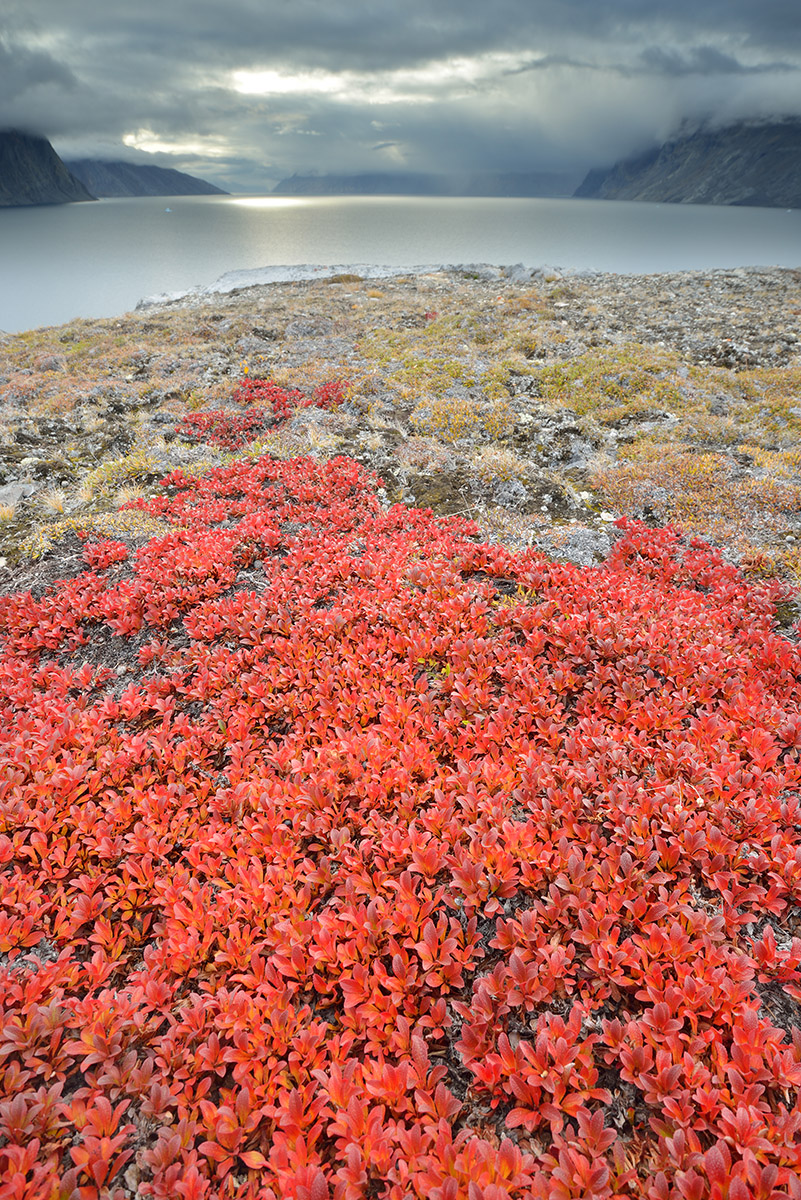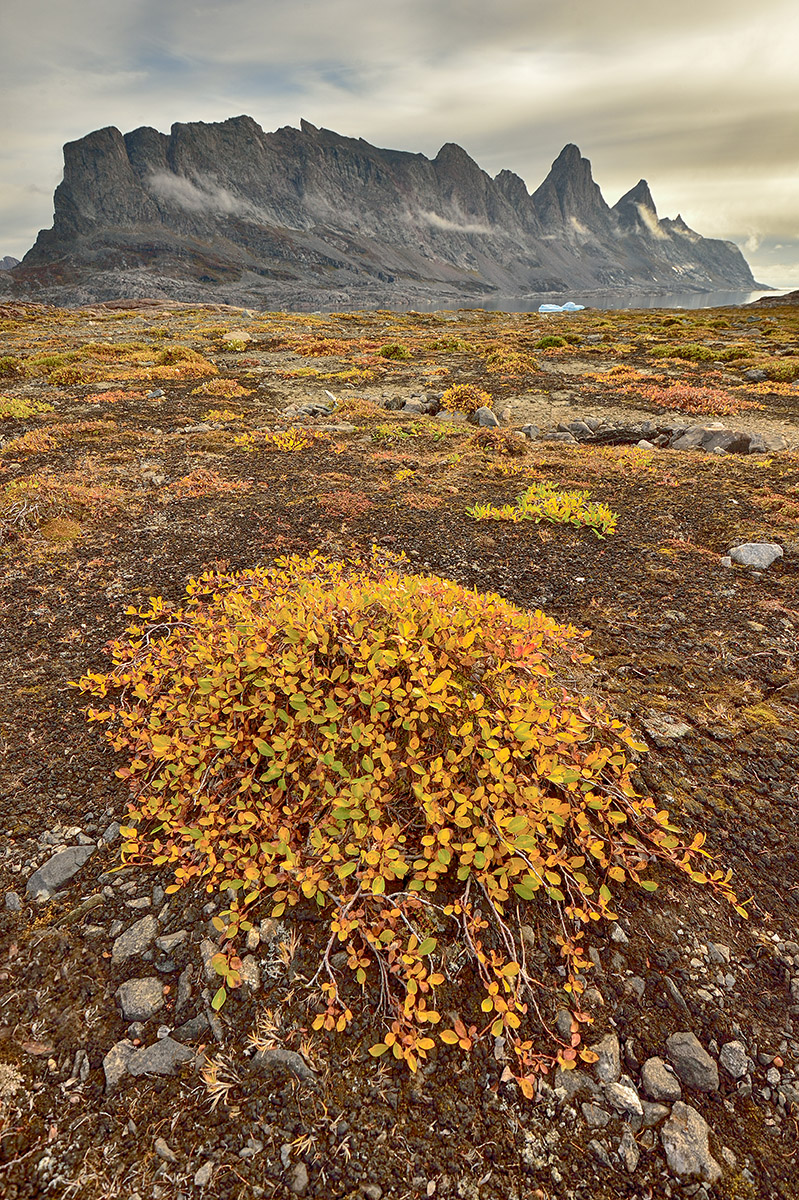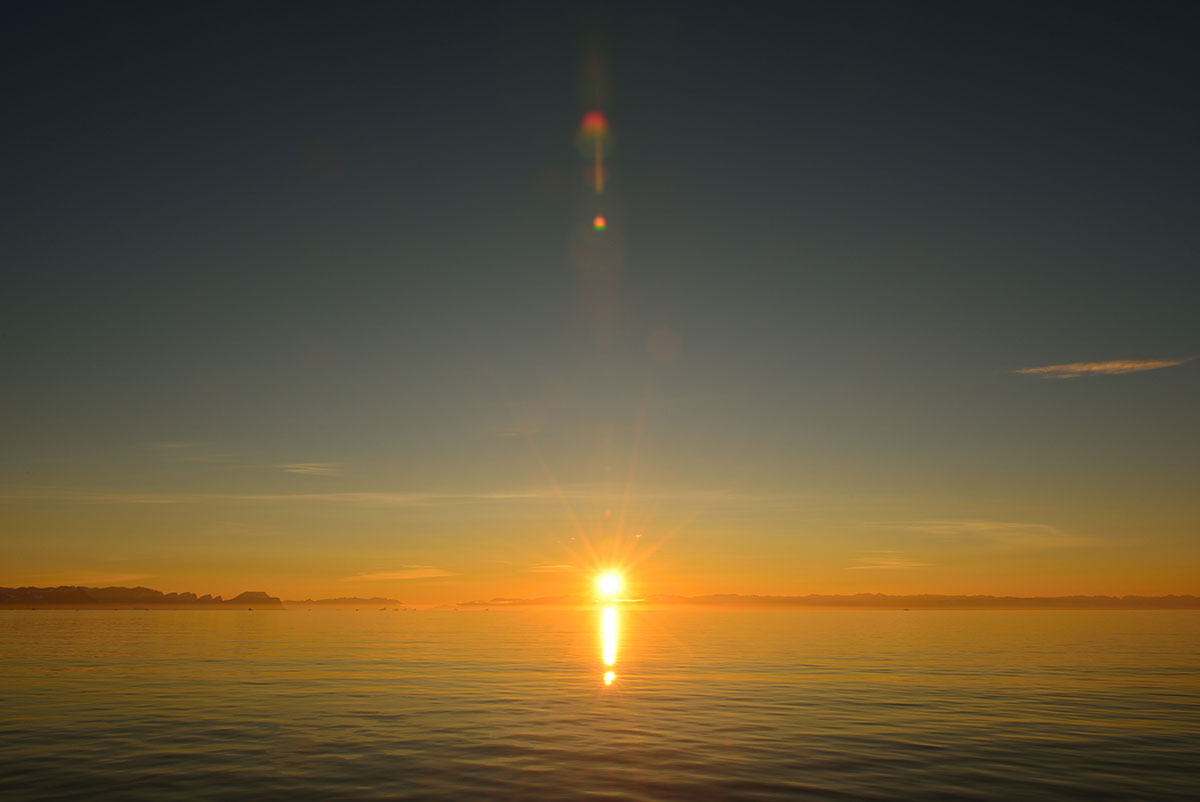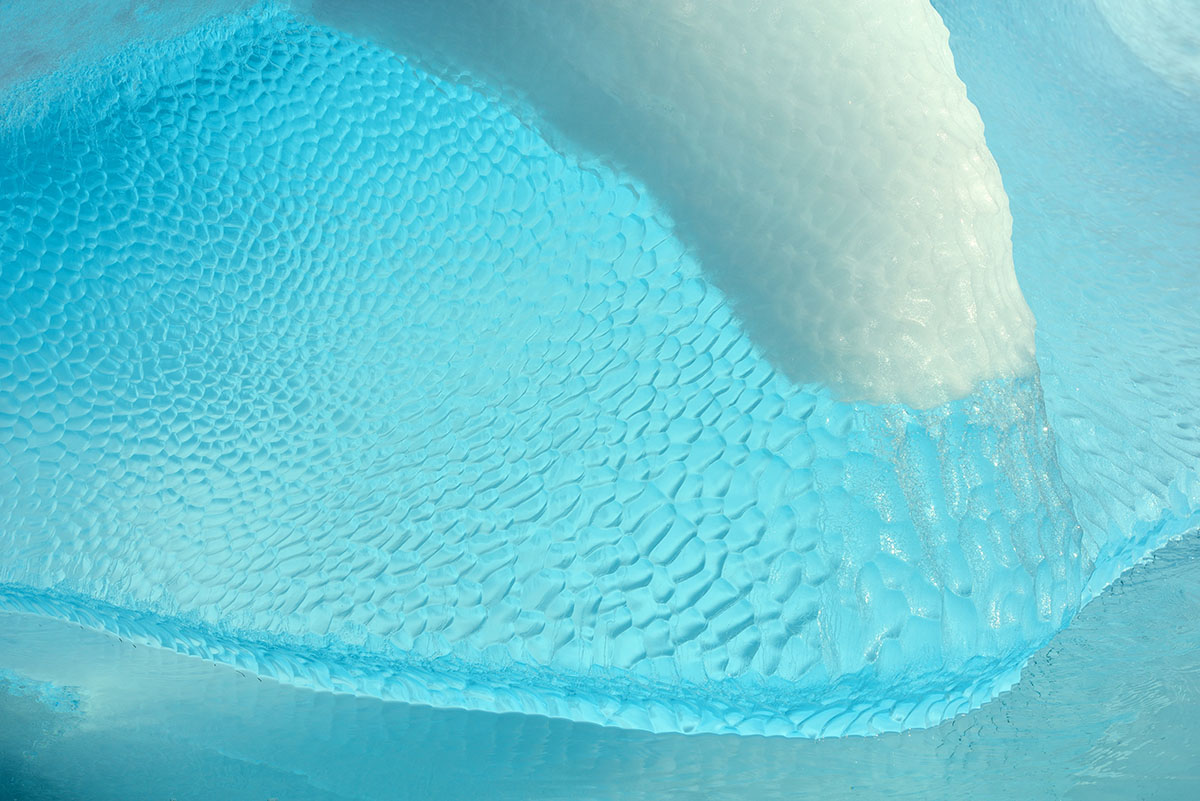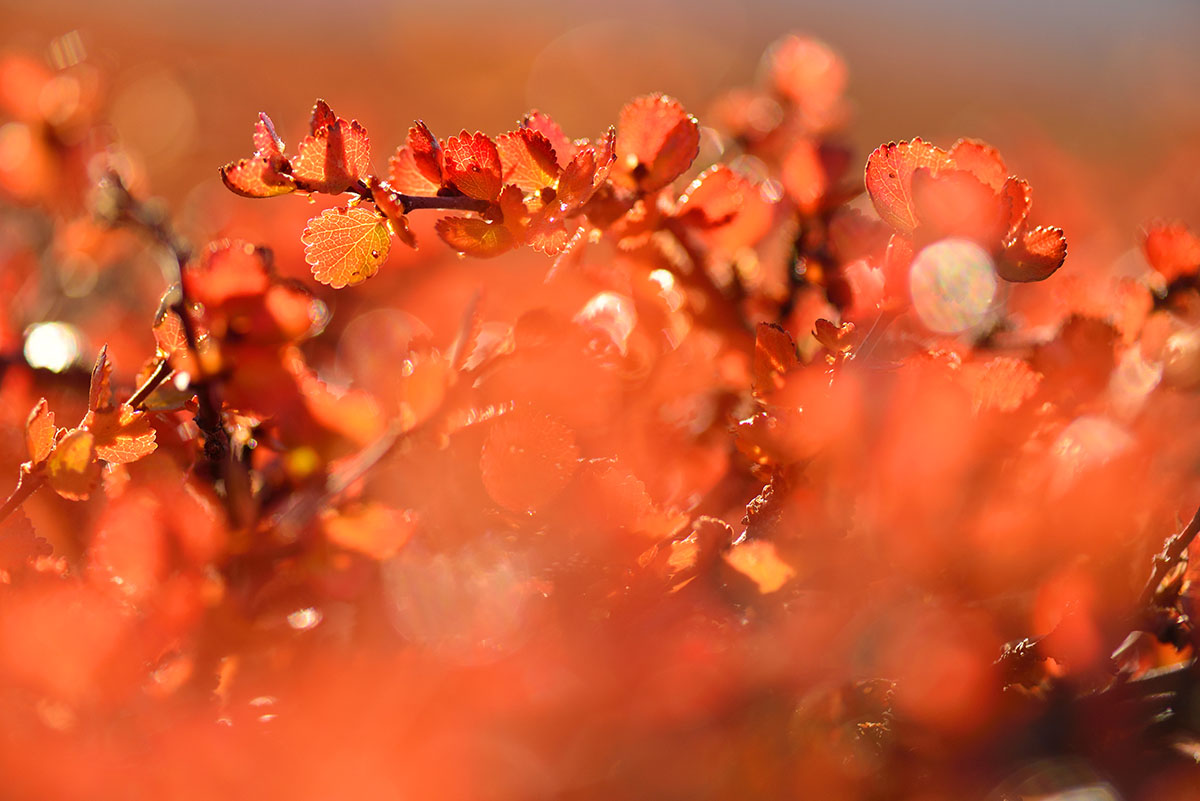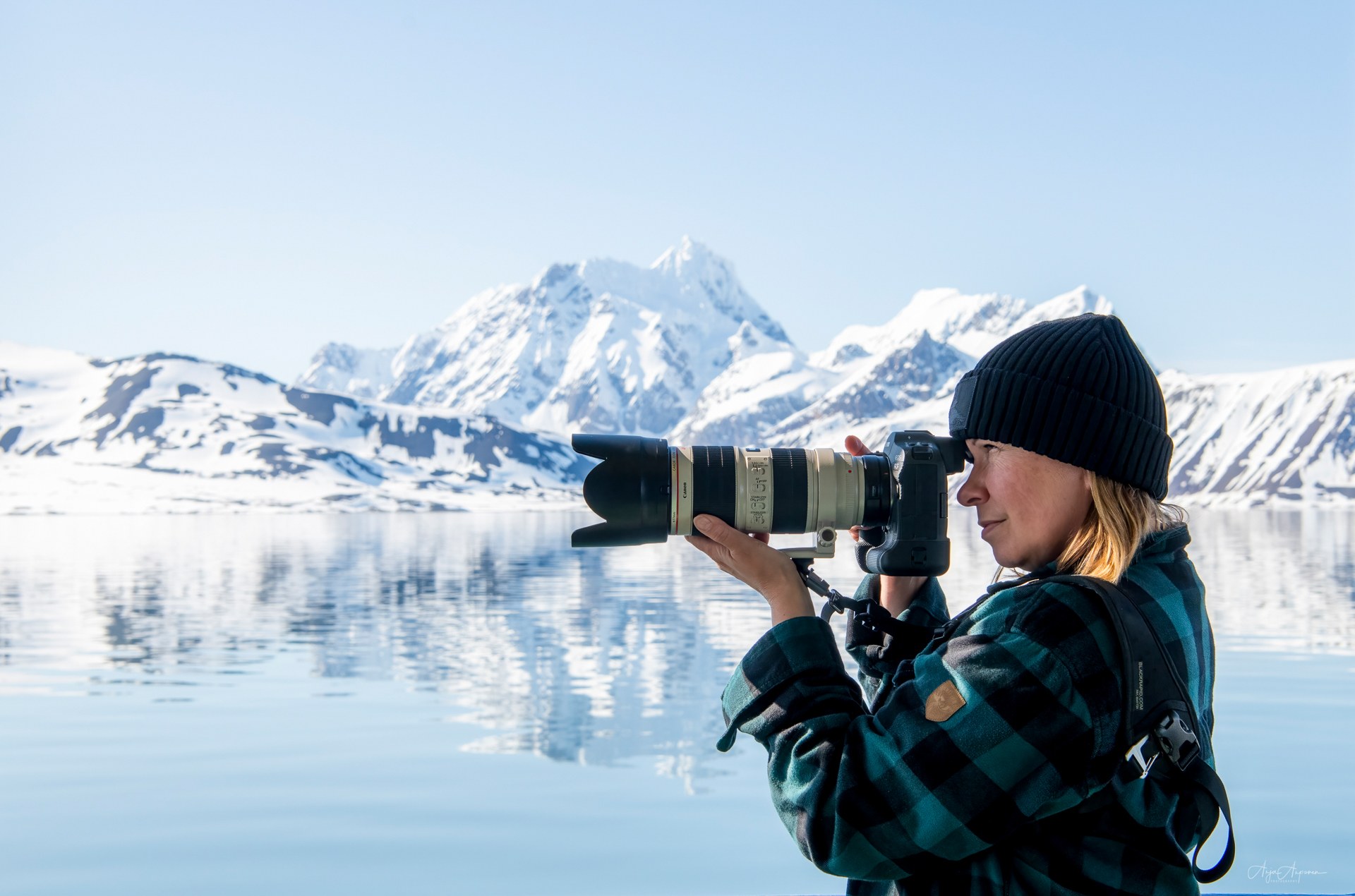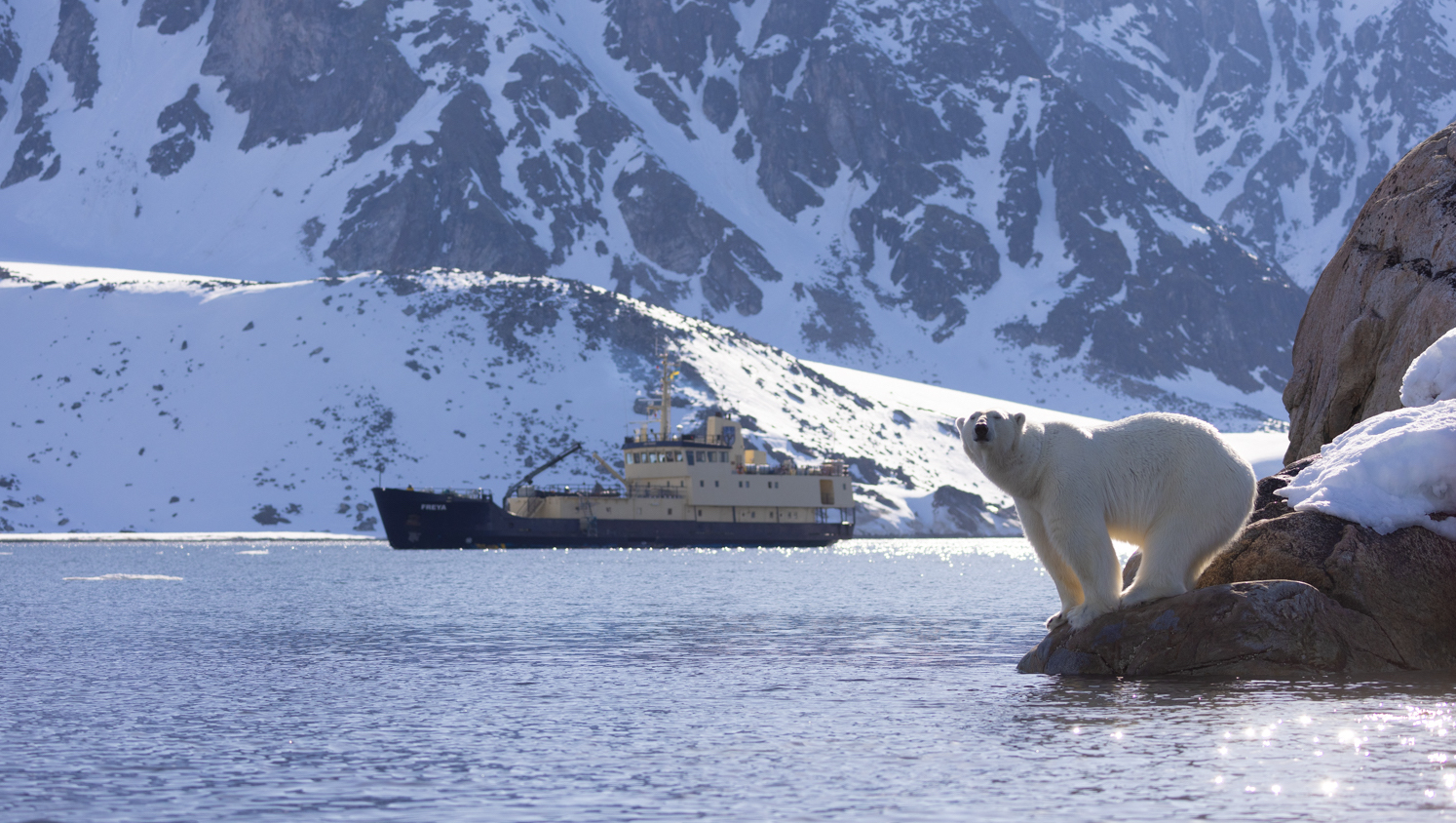Greenland: land of the Inuit
The biggest island in the world, the second largest ice sheet on the planet and the most impressive icebergs to be found on the North Pole: Greenland is a destination full of superlatives. This island country of Denmark is located between the Arctic and the Atlantic Oceans. A trip to this ice desert with its gigantic glacier fronts and astronomical blocks of ice is a phenomenal experience.
With about 56 000 people living in the entire country, it’s the least densely populated region in the world . The population is mainly concentrated on the southwest coast, with a third living in the capital Nuuk. The rest of the island is sparsely populated, and three-quarters of the land is covered by a permanent ice sheet.
This is former Viking country, as Norsmen settled the uninhabited southern part of Greenland beginning in the 10th century. They set sail from Greenland and Iceland, and reached North America nearly 500 years before Colombus reached the Caribbean islands. Inuit peoples arrived in the 13th century.
Greenlandic wildlife
Traveling to Greenland for years has given us extensive knowledge about the island and a valuable local network and allows us to show you the most beautiful wildlife and lanscapes. Our favourite destinations? North-East Greenland National Park – the world’s largest and northernmost national park – and Scoresbysund, the largest fjord system in the world.
Established in 1974, Northeast Greenland National Park protects 972,001 km2 of the interior and northeastern coast. Greenland is home to two ecoregions: a high and a low arctic tundra. The sea is rich in fish and invertebrates and a large part of the Greenland fauna is associated with marine-based food chains, including large colonies of seabirds. The few native land mammals in Greenland include the polar bear, reindeer, arctic fox, arctic hare, musk ox, collared lemming, ermine and arctic wolf. Many species of seals and whales are abundant along the coast.
Over 270 species of fish roam the waters surrounding Greenland, and fishing is the primary industry. Birds, particularly seabirds, are an important part of Greenland’s animal life. They consist of breeding populations of auks, puffins, skuas and kittiwakes, while Greenland’s ducks and geese include common eider, long-tailed duck, kind eider and pink-footed goose. Breeding migratory birds include the snow bunting, lapland bunting, ringed plover, red-throated loon and red-necked phalarope. You’ll also spot non-migratory land birds such as the arctic redpoll, ptarmigan, short-eared owl, snowy owl, gyrfalcon and white-tailed eagle.
Get ready for some spectacular photo opportunities aboard our small expedition ship!
Climate
Greenland has an Arctic climate. In general, it stays chilly year-round and gets very cold in the winter, but there are large variations from region to region. Under the influence of factors such as the surrounding coastline and the inland ice sheet, the weather is locally changeable In all parts of the country, varying from fjord to fjord and from valley to valley.
The air quality here is among the best in the world due to the country’s geographical position to the high north. In the south and the innermost parts of the fjords, temperatures can rise to more than 20° C from June to August. Due to the fine air quality and low levels of moisture, you can see very far. The dry air also makes the low temperatures feel warmer than you might expect.
